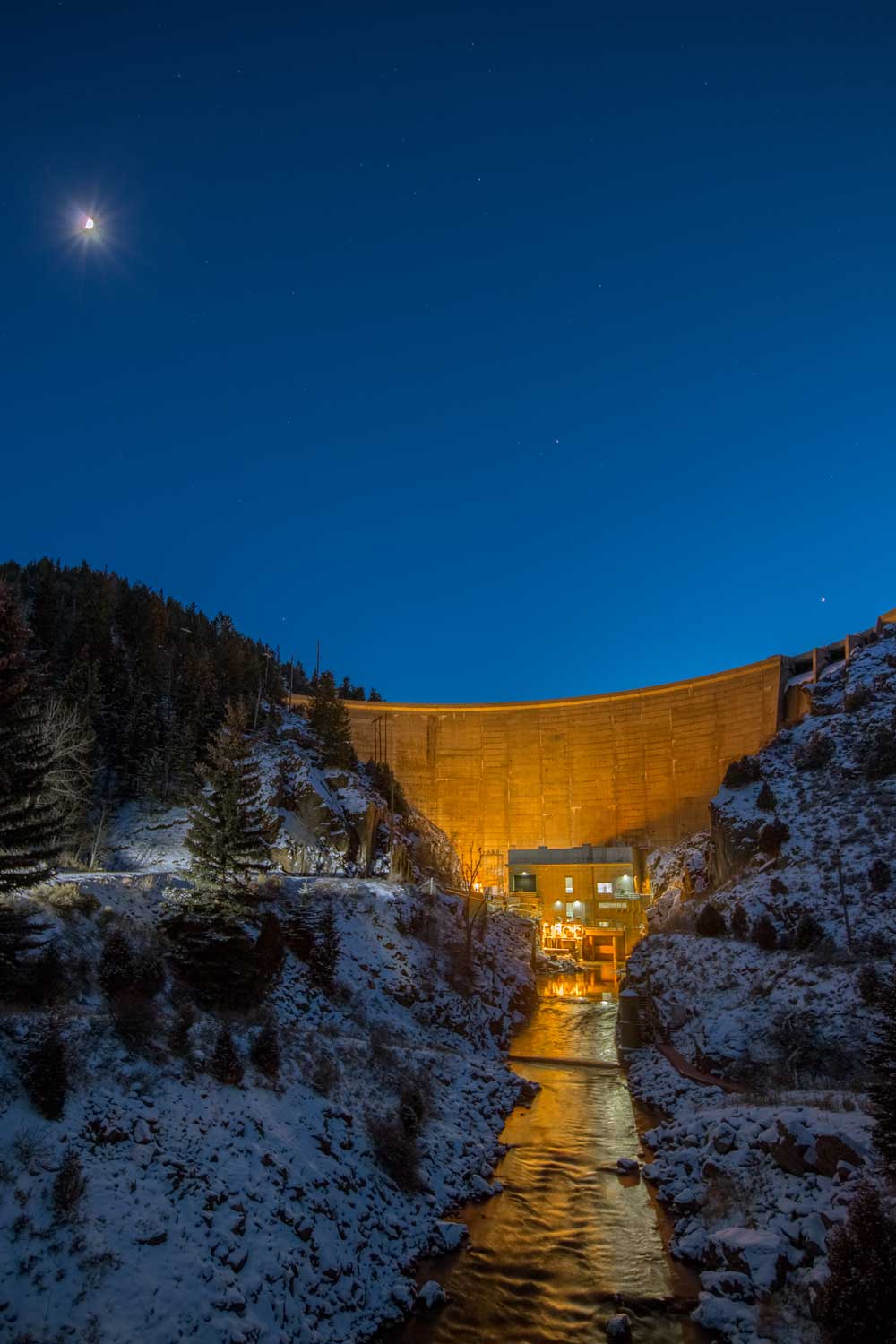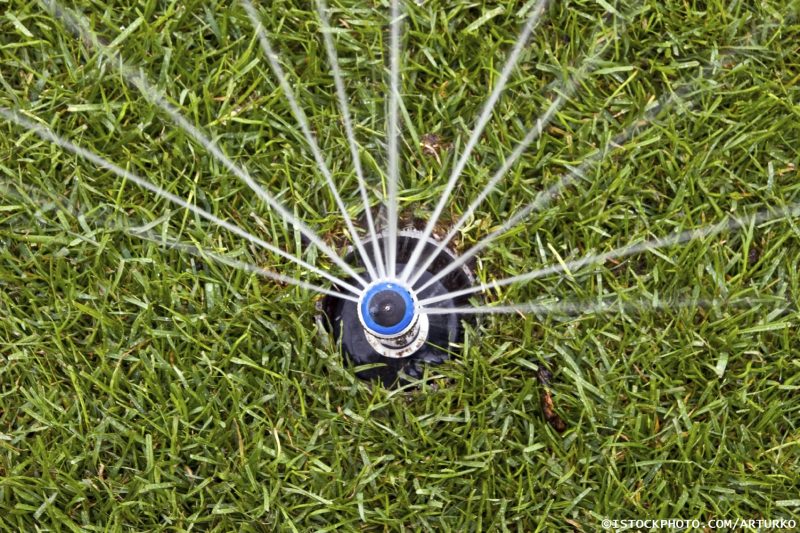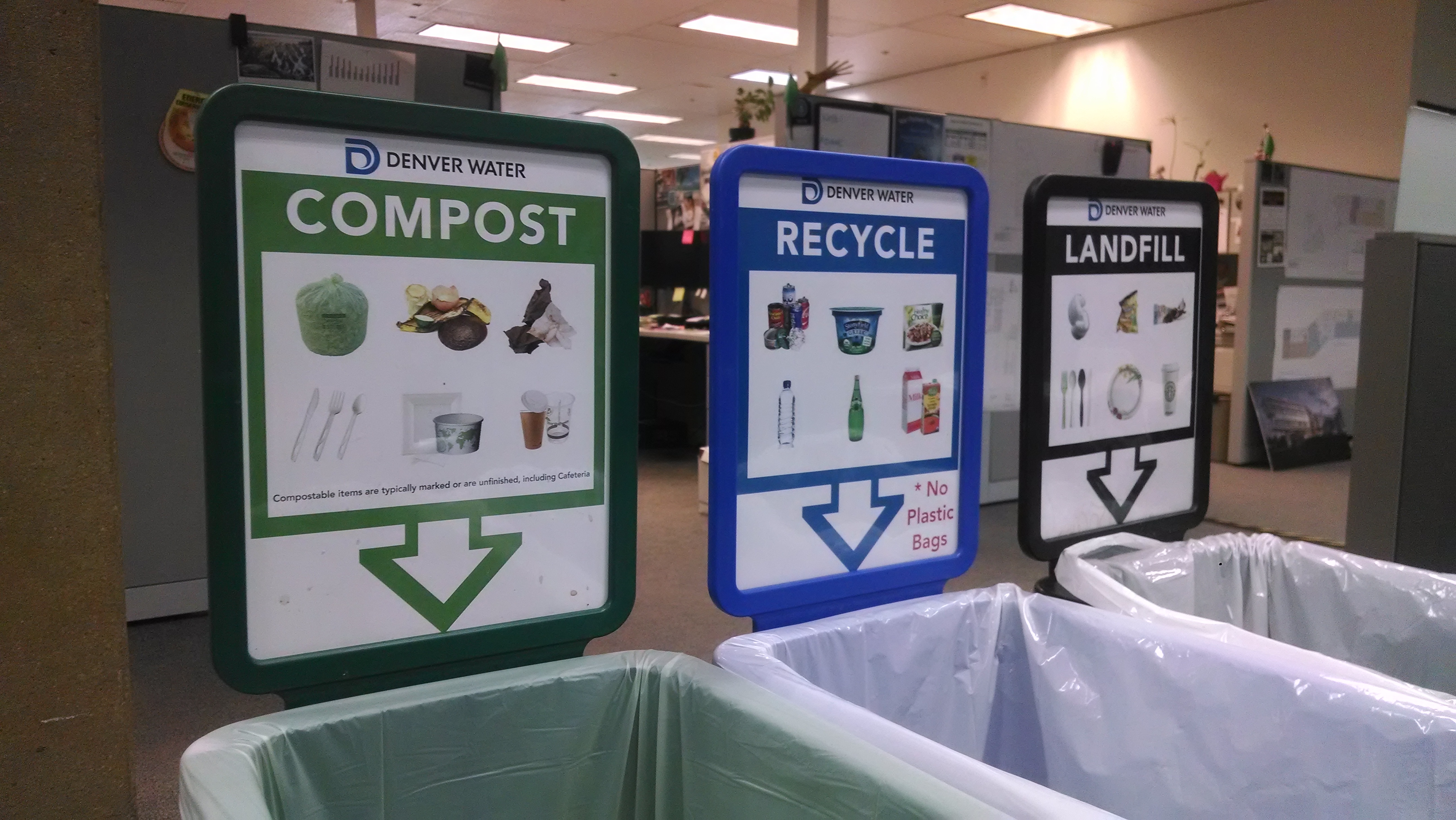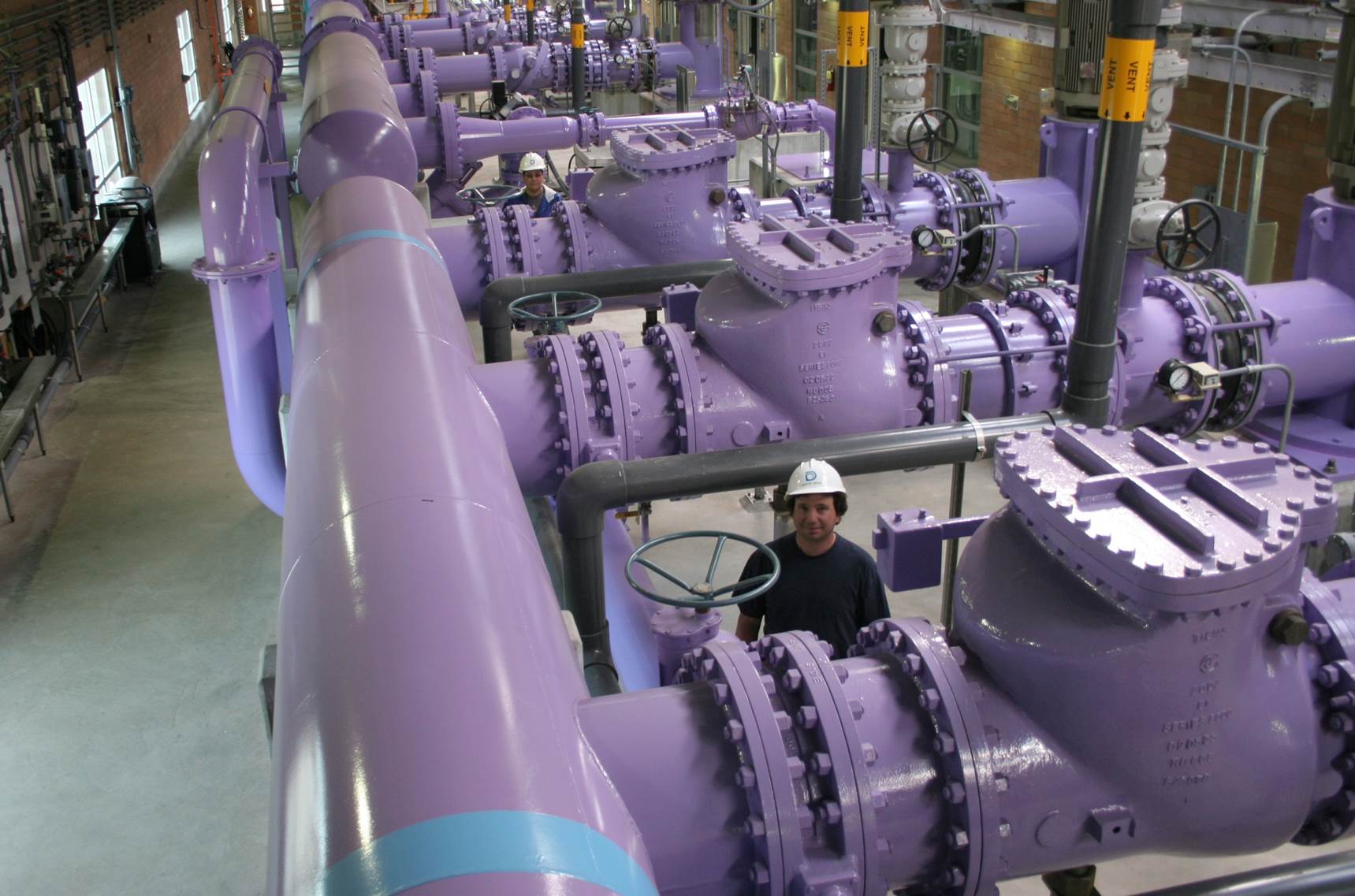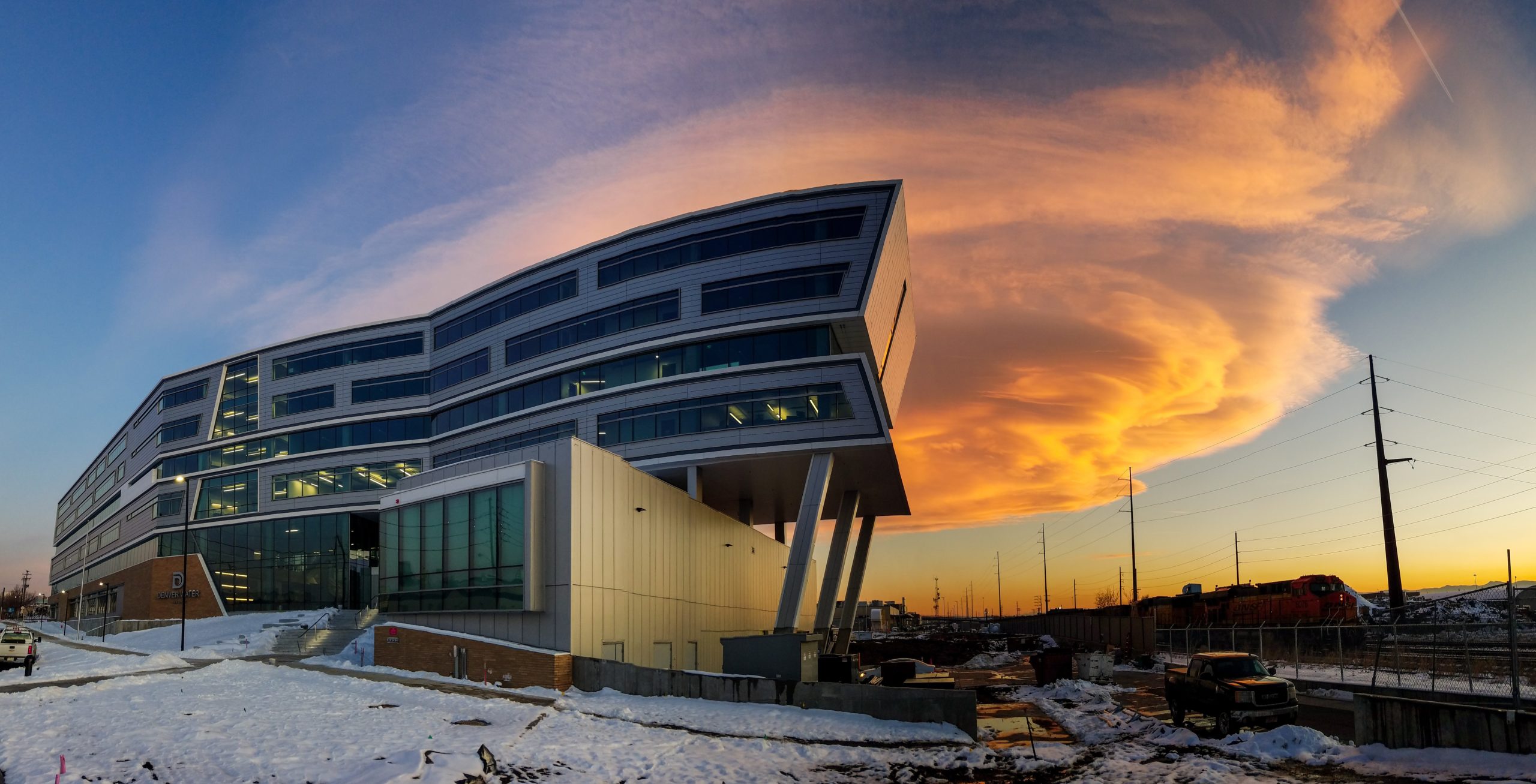
Happy birthday to Earth Day, turning 50 this year
This year’s Earth Day celebration will be like no other.
Fifty years ago, millions of Americans marched in cities nationwide for the very first Earth Day on April 22, 1970, sparking a new environmental movement that led to federal legislation focused on clean air and clean water.
Since then, the day – April 22 – has been marked every year by groups of people gathering to celebrate the earth and the work that’s needed to protect it.
This year, with stay-at-home orders in place as well as the need for social distancing due to COVID-19, the gatherings will be virtual, with Earth Day celebrations and events around the world available online.
Denver Water takes environmental stewardship seriously, every single day. The utility’s employees and its customers have taken steps big and small to protect and care for the earth.
So, in honor of Earth Day, here are a few examples of the many ways Denver Water is working to serve and support the environment every day.
A LEED-ing complex
A multiyear redevelopment of the utility’s 35-acre operations complex includes eight new buildings, including the new Administration Building. The redevelopment project was done to meet LEED certification, which measures sustainability in building design, construction and operation. That effort included recycling elements of the previous Administration Building after it was demolished.
The new Administration Building includes an innovative wastewater recycling system, uses radiant heating and cooling and energy-efficient LED light fixtures. The solar power panels on its roof, as well as the panels over the visitors parking lot and employee parking garage, generate renewable energy that’s fed onto the electricity grid, offsetting the power used inside the building.
Colorado-based Namasté Solar, the company providing solar components for the project, estimates that the complex will produce about 1,350 megawatt-hours of clean power per year. That’s the yearly equivalent of offsetting greenhouse gas emissions from burning 1 million pounds of coal.
Gathering and using data to improve
Denver Water not only tracks its greenhouse gas footprint, it uses that information and data to reduce its impact on the environment.
Denver Water is part of The Climate Registry, a nonprofit collaboration that sets consistent standards to calculate, verify and publicly report greenhouse gasses. For water utilities, this can include tracking and reporting data for pumping, fuel and treating water.
In 2019, the Registry elevated Denver Water to “Gold” status for the utility’s 10 consecutive years of work to quantify the emissions related to its activities.
Using the power of water
Throughout history, people have tapped into the power of moving water. Denver Water’s system has seven hydroelectric plants, including this one (above) at Williams Fork Reservoir. The plants collectively generate more than enough energy to power all of the utility’s pump stations and water treatment plants.
Being efficient with water
Denver Water isn’t alone when it comes to using water wisely. Customers also have done a lot over the years to use water as efficiently as possible.
Last summer, when temperatures regularly soared into the 90s, customers’ water use was far less than water use during similarly hot, dry stretches in past years. The reduction came despite significant population growth.
For example, in 2000, the peak day for water use by Denver Water customers hit 478 million gallons. The last time daily water use rose above 400 million gallons was July 21, 2008, when customers used 426 million gallons.
You can keep up the efficiency ethic by checking out these tips and tools to use water wisely inside and outside your home.
Reducing our trash
In 2019, Denver Water employees’ ongoing efforts resulted in the diversion of 59.8 tons of waste from Colorado’s landfills.
Throughout the year, employees separated their waste into bins dedicated for recycling, composting and trash. All told, some 33,371 pounds of waste were sent for composting. An additional 86,255 pounds of material was sent for recycling.
Recycling and reusing water
Recycling and reusing the precious resources the earth provides is great for the environment. Denver Water has long recycled water for use in outdoor irrigation system and industrial operations. Seen here are purple pipes that carry the recycled water.
And in 2019, an innovative water-sharing partnership between Denver Water, Aurora Water and water utilities that serve the south metro area has won national recognition.
The WISE Partnership, WISE being short for Water Infrastructure and Supply Efficiency, last year brought home a “Community Water Champion Award” from WateReuse, a national organization that advances the use of recycled water.
WISE not only provides a way for Denver and Aurora to reuse water supplies, it also creates a dependable supply for 10 water providers that serve the south metro region.
Protecting the source
As the water provider to 1.5 million people in the Denver metropolitan area, Denver Water directly depends on healthy forests and watersheds. Since 2010, the From Forests to Faucets partnership between Denver Water and the U.S. Forest Service has aimed to reduce the potential for destructive wildfires and, by doing so, protect water supplies and water quality.
That partnership has been expanded to include the Colorado State Forest Service and the Natural Resources Conservation Service.
Happy Earth Day!


